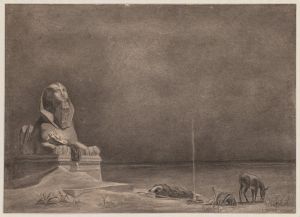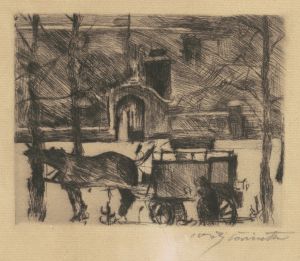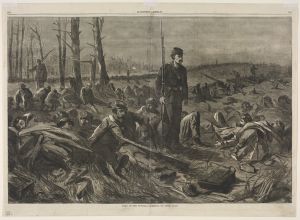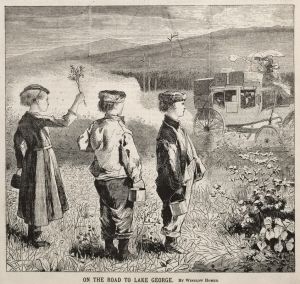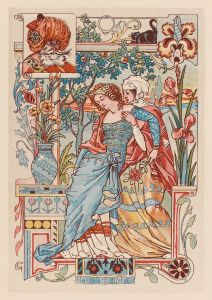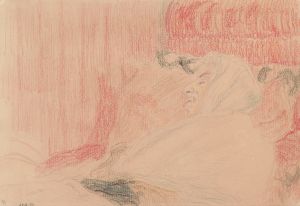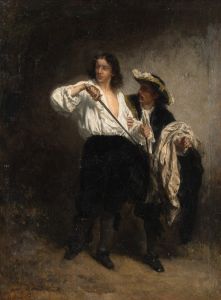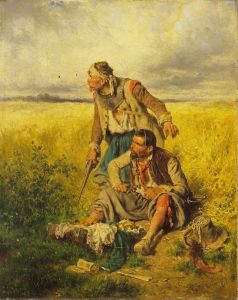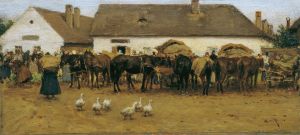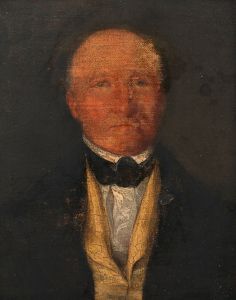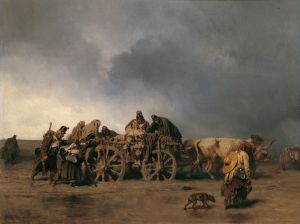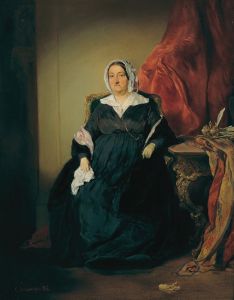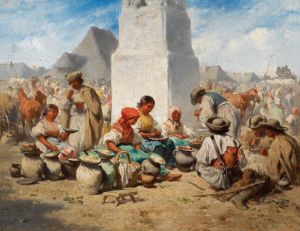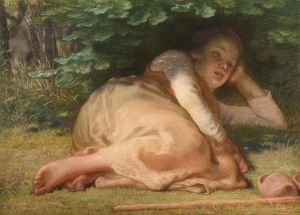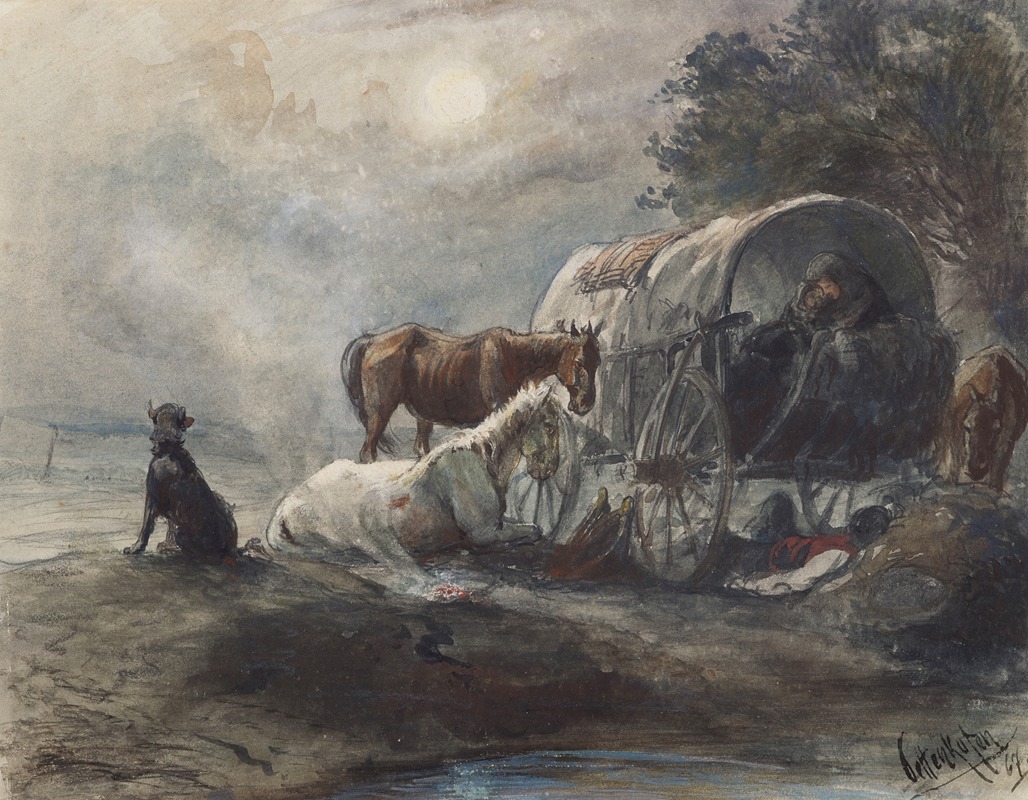
Übernachtung im Planwagen
A hand-painted replica of August von Pettenkofen’s masterpiece Übernachtung im Planwagen, meticulously crafted by professional artists to capture the true essence of the original. Each piece is created with museum-quality canvas and rare mineral pigments, carefully painted by experienced artists with delicate brushstrokes and rich, layered colors to perfectly recreate the texture of the original artwork. Unlike machine-printed reproductions, this hand-painted version brings the painting to life, infused with the artist’s emotions and skill in every stroke. Whether for personal collection or home decoration, it instantly elevates the artistic atmosphere of any space.
August von Pettenkofen's painting Übernachtung im Planwagen (translated as Overnight Stay in a Covered Wagon) is a work by the Austrian artist, who is renowned for his contributions to 19th-century genre painting. Pettenkofen (1822–1889) was a prominent figure in the Viennese art scene and is best known for his depictions of rural life, particularly in Hungary and the regions of the Austro-Hungarian Empire. His works often reflect a deep interest in the daily lives of ordinary people, capturing their experiences with sensitivity and realism.
Übernachtung im Planwagen portrays a scene of travelers spending the night in a covered wagon, a common mode of transportation during the 19th century. The painting is characteristic of Pettenkofen's style, which combines a focus on human figures with a keen attention to atmospheric detail. The composition likely reflects the artist's interest in the lives of peasants and itinerant workers, themes that frequently appear in his oeuvre. Pettenkofen's use of muted colors and soft lighting creates a sense of intimacy and quietude, emphasizing the stillness of the night and the humble circumstances of the travelers.
Pettenkofen's artistic career was shaped by his travels, particularly his visits to Hungary, where he found inspiration in the landscapes and the people. His works often depict scenes from the Hungarian countryside, and he became associated with the Szolnok artists' colony, a group of painters who were drawn to the region's rural charm. While it is unclear whether Übernachtung im Planwagen was directly inspired by his time in Hungary, the subject matter aligns with his broader interest in depicting the lives of those on the margins of society.
The painting exemplifies the Biedermeier aesthetic, which was prevalent in Central Europe during the mid-19th century. This style is characterized by its focus on domesticity, modesty, and a sense of order, often reflecting the social and political climate of the time. Pettenkofen's work, however, also bears traces of the Realist movement, which sought to portray everyday life with authenticity and without idealization.
Today, Übernachtung im Planwagen is recognized as an important example of Pettenkofen's ability to combine narrative depth with technical skill. The painting is housed in a public or private collection, though specific details about its current location or provenance are not widely documented. Pettenkofen's legacy endures as one of Austria's significant 19th-century painters, and his works continue to be appreciated for their historical and artistic value.





